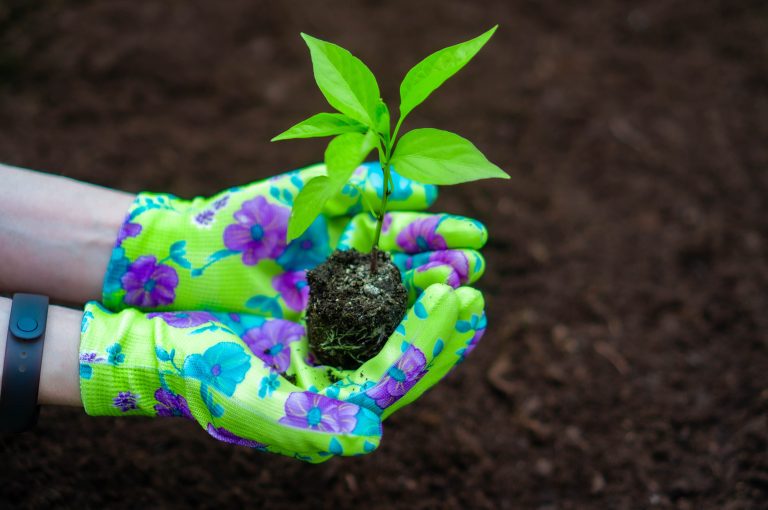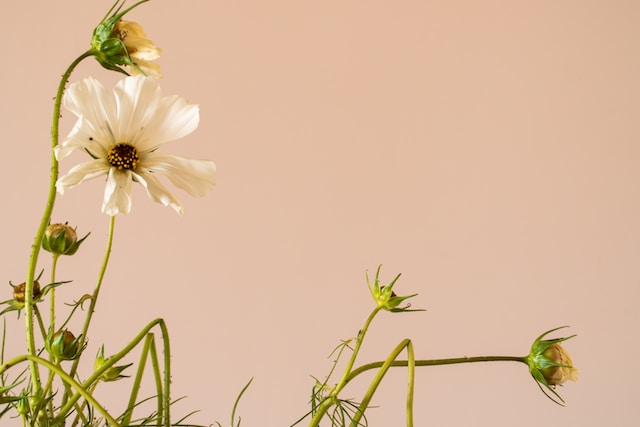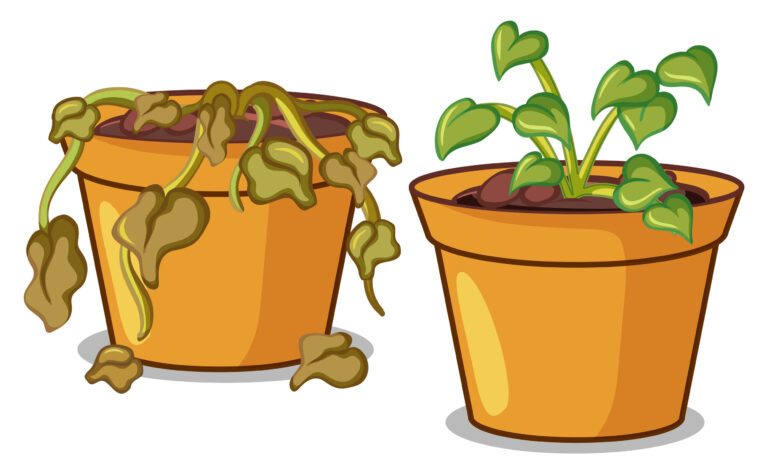Growing plants from seed is a rewarding process, but it takes more than just patience—it requires timing and care at every stage. One of the most critical steps is knowing exactly when to transplant your seedlings into potting soil. Move them too early, and they may not survive the shock; wait too long, and their…
plant health
Natural Ways To Control Fungus in Plants
Plant fungus is a type of plant disease caused by a fungal infection such as powdery or downy mildew, anthracnose, rust, and blight. Sometimes the fungi just causes your plants to look ugly. However, more often that not, it can cause serious damage to your plants. Therefore, you want to make sure that you control…
6 Tips To Revive Wilted Plants
I mentioned recently that I have a little bit of a brown thumb. However, I’ve kept at gardening and learning about plants. I’ve improved over time. Along the way, I’ve picked up lots of tips to revive wilted plants. I wanted to share some of those with you today. What Causes Plants to Wilt? I…


